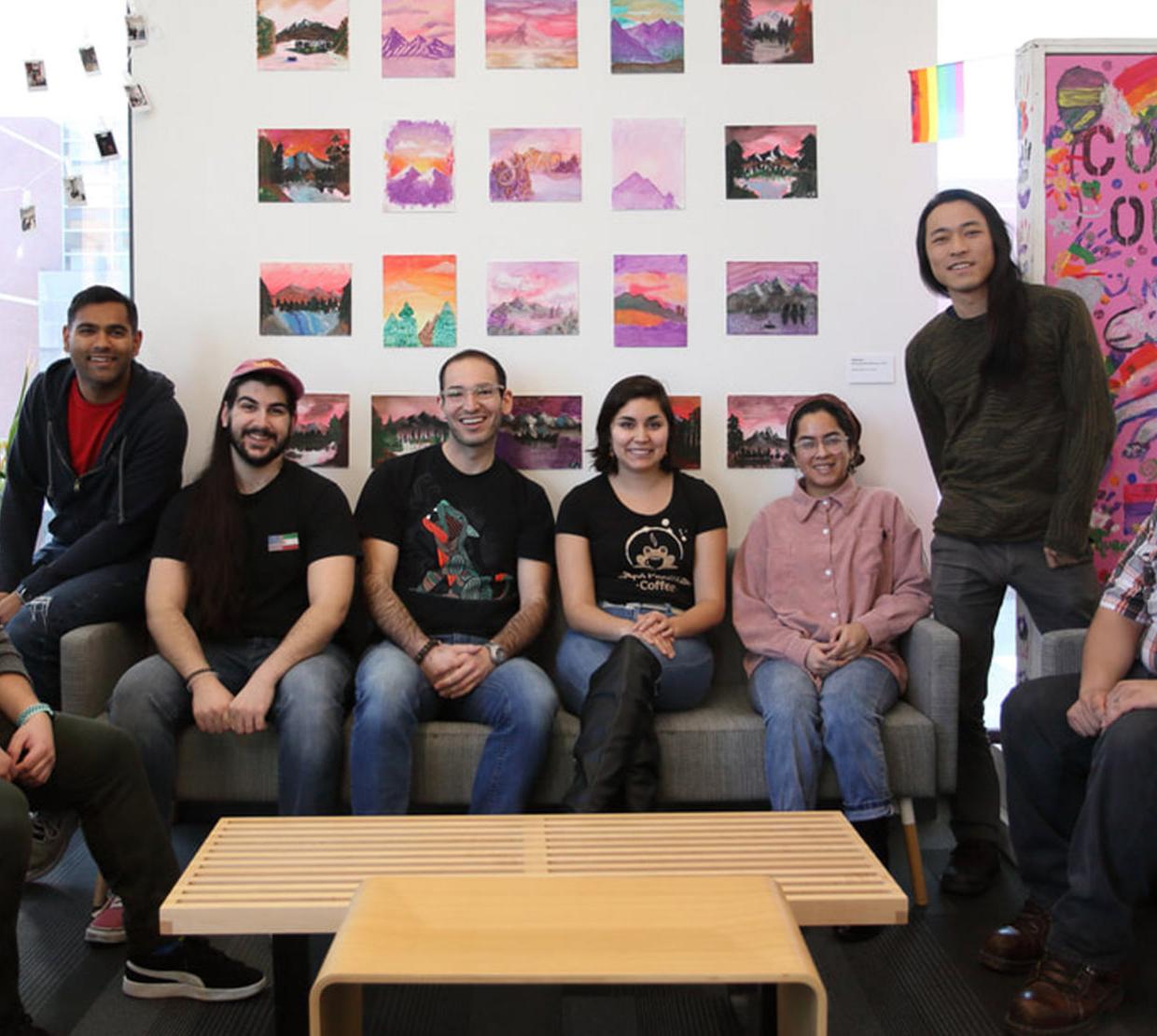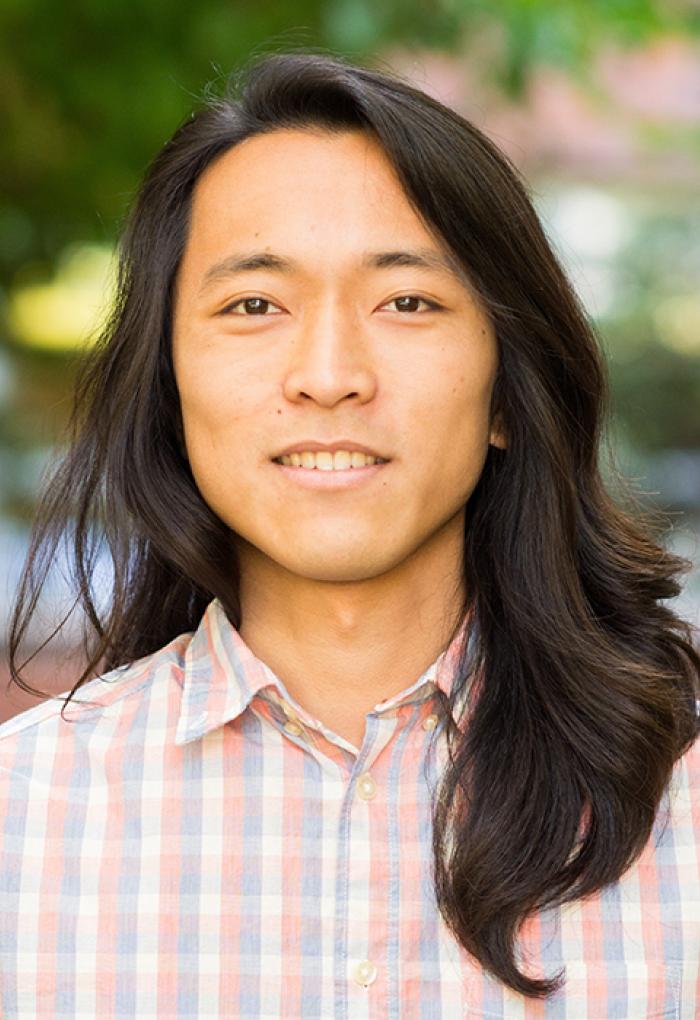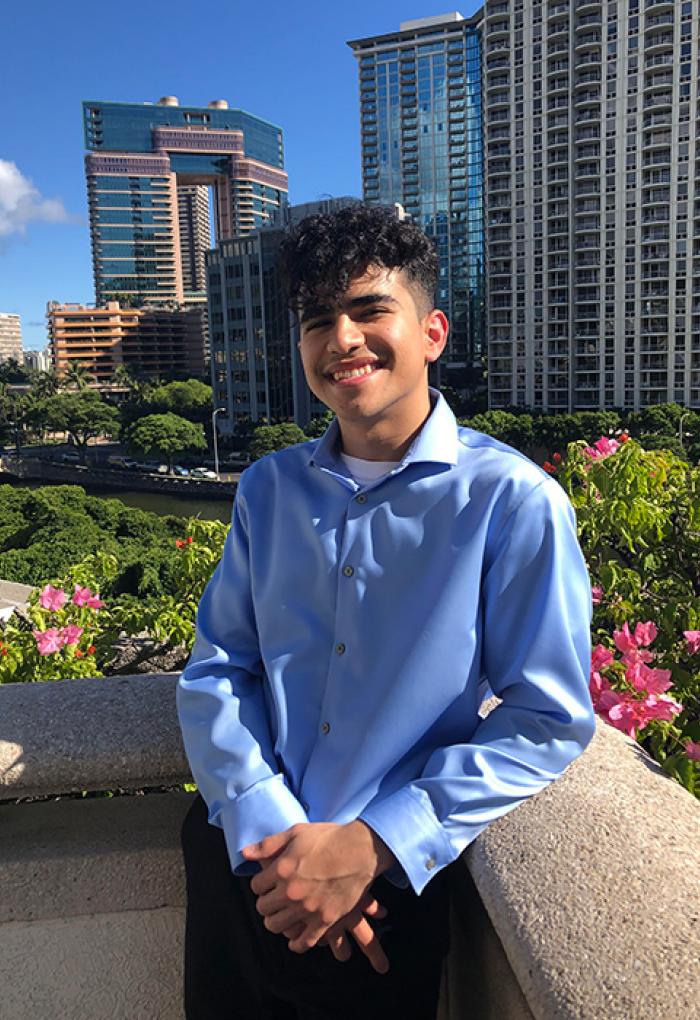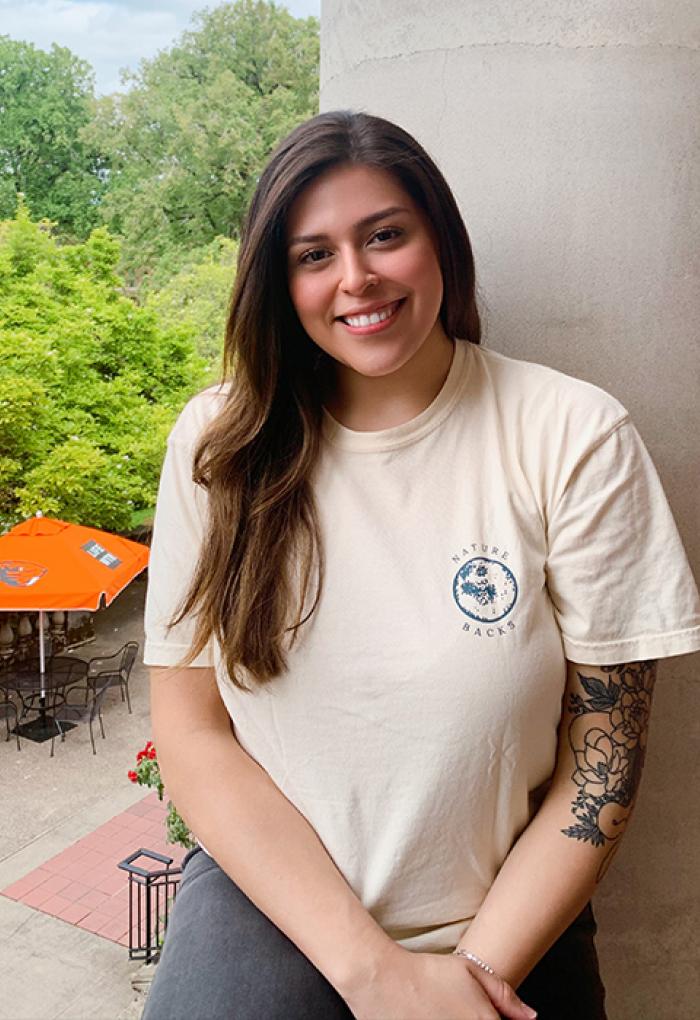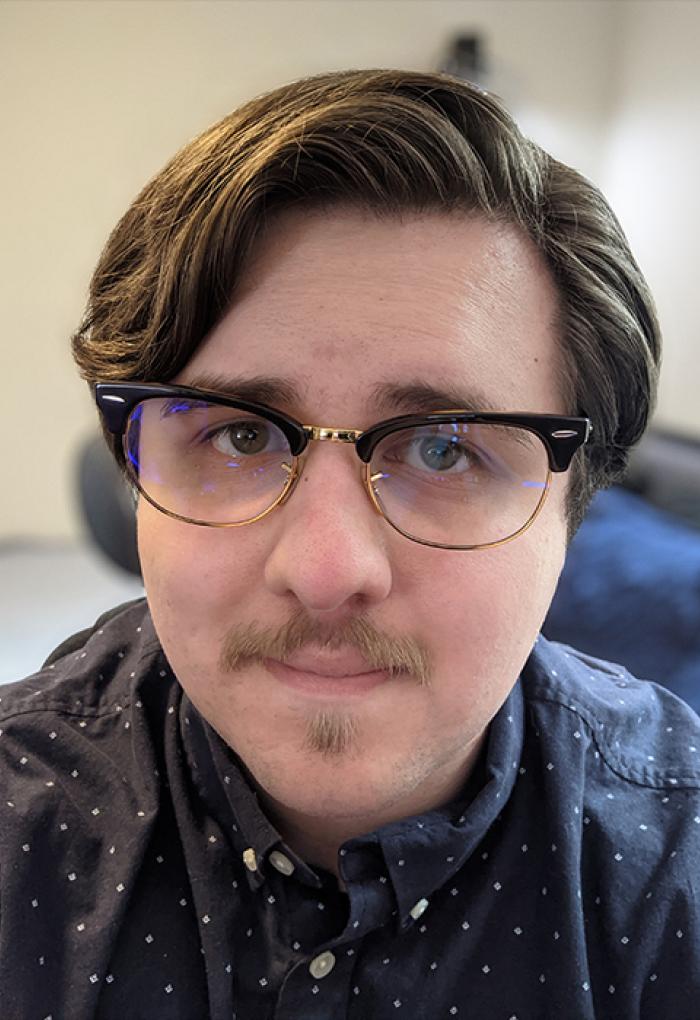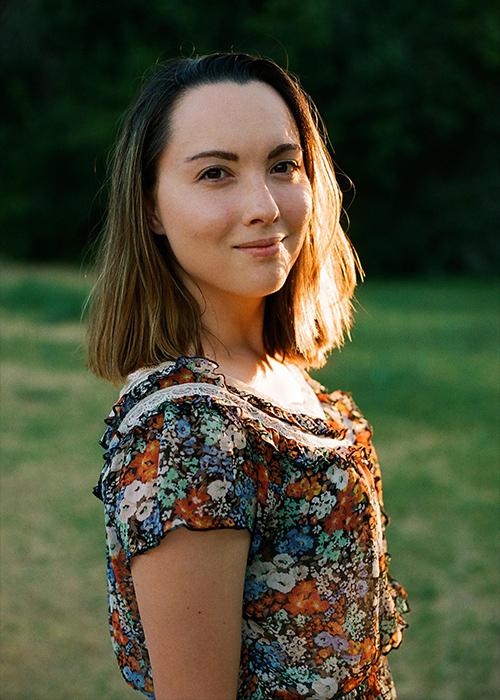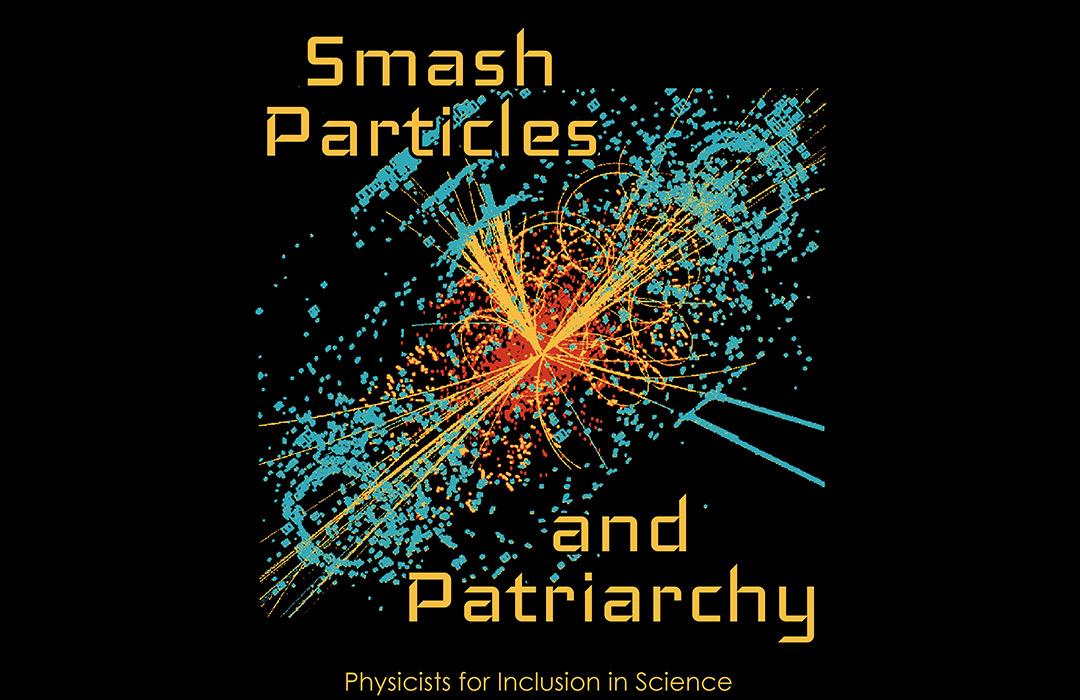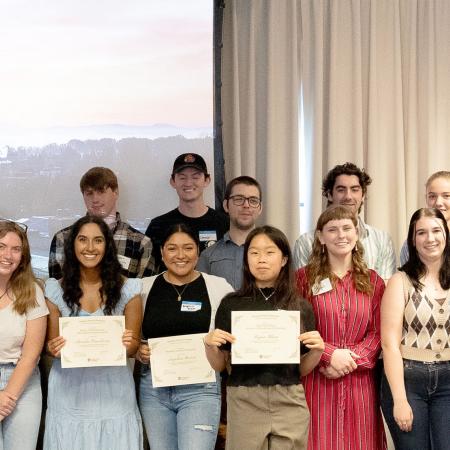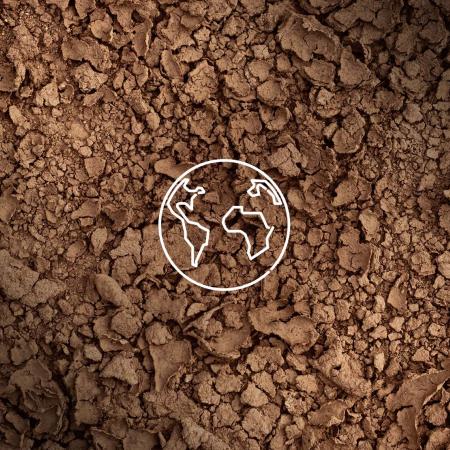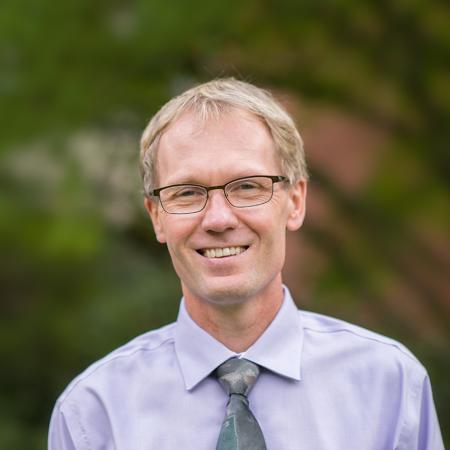Science is both communal and diverse, the result of many perspectives coming together to solve a problem. Some of the biggest scientific discoveries in history came from people who approached ideas from different angles. Differences make for better science. At the same time, women and people of color (POC) still make up a minority of the STEM workforce.
Part of the College of Science’s mission is to ensure that all students can see themselves succeeding in STEM. Student clubs geared towards historically underrepresented groups, including women, POC and LGBTQ+ individuals, are a valuable piece of that mission. Many of these clubs include allies as well, because creating a healthy college climate requires everyone to be on board.
In these clubs, members build social support systems, develop professionally and reach out to local communities. They’re also transforming how we approach and teach STEM today. Change, like science, is an endless cycle of asking questions and seeking answers. As always, our students are taking charge of the process, together.
Finding your voice and being heard
Student clubs are a place to build friendships in a warm, encouraging atmosphere. Former club officers Juriana E. Barboza Sagrero and Luis Garcia-Lamas (Mathematics ’22) gave the Society for Advancement of Chicanos/Hispanics and Native Americans in Science (SACNAS) glowing reviews.
“For me, it created an environment where I could be myself and express my culture,” said Barboza Sagrero. Garcia-Lamas added, “I really felt like a lot of people wanted to be there. There was a clear purpose of the club in my eyes, and that was to be a community for each other, and to help each other grow.”
Out in STEM (oSTEM), which supports our LGBTQ+ students, is also known for its positive, welcoming inclusivity, as a queer space queering expanding STEM culture. Lincoln Worley, oSTEM’s outreach officer, said that the group has been “an absolute blessing” to them, adding that it’s a “powerful resource” at Oregon State, “by allowing queer students a say in what kind of Other they want to be.”
Being a student who is underrepresented in STEM can come with some difficult experiences, and student clubs are a safe space to process them and come out thriving on the other side. “There were typically five or less women or POC in each of my classes, which can be very intimidating,” said Kasey Yoke (Physics ’21), recent president of Physicists for Inclusion (PhIS). “When I discovered PhIS, it felt like I had finally found a place where I would be heard, where I could voice my ideas and concerns.”
